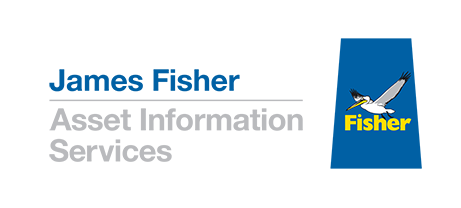The Challenge
In upstream offshore oil and gas, the Site Integrator role is critical for ensuring smooth coordination between multiple disciplines, including operations, engineering, maintenance, and project execution. Site Integrators oversee complex system campaigns, align activities across teams, and ensure that planned work is fully prepared for execution.
A major challenge for Site Integrators working onshore is gaining visibility into assets and infrastructure without the need for frequent, disruptive offshore visits. Historically, site surveys required personnel to travel offshore, conduct visual inspections, and manually take photographs to support planning, maintenance, and vendor coordination. This approach was inefficient due to:
- Delays in Offshore Surveys – Before digital integration, obtaining site photos, measurements, and layout details could take days, delaying planning and execution.
- Limited Visibility for Remote Teams – Many third-party planners had never physically visited the facilities, leading to misinterpretations of asset size, structure, and access constraints.
- Disruptive Offshore Requests – Offshore personnel were frequently pulled from operational tasks to perform surveys, affecting overall efficiency.
- Vendor Coordination Bottlenecks – Vendors often required multiple photo requests to understand asset configurations, leading to back-and-forth delays between offshore teams, vendors, and site integrators.
With system campaigns becoming more complex, the need for a fully visual, data-driven approach to offshore planning became essential.
Our Solution
To address these challenges, the R2S digital twin platform was deployed, providing Site Integrators with an interactive, high-resolution visualisation of offshore assets. This allowed for remote site assessments, improved planning accuracy, and reduced unnecessary offshore visits.
How R2S Supports the Site Integrator Role
- Eliminating the Need for Offshore Surveys
50% reduction in survey requests – planners and engineers can now assess systems remotely, ensuring offshore personnel focus on execution, not documentation. Instead of sending technicians to take photos, Site Integrators can extract and share required images instantly from R2S. - Improved Vendor Coordination & Campaign Planning
Previously, multiple back-and-forth requests were needed to supply vendors with photos. Now, Site Integrators can instantly pull images and send them directly to vendors, eliminating delays. Ability to zoom into components and capture part numbers, reducing errors in material planning and procurement. - Real-Time Collaboration Across Teams
Live system visualisation during planning meetings – teams can now view assets together, discuss issues, and share photos instantly, improving communication efficiency. Third-party planners unfamiliar with offshore facilities can now see exactly what they are working on, reducing planning errors. - Enhanced Measurement & Validation Tools
R2S allows for on-demand digital measurements, eliminating the need for on-site personnel to manually capture dimensions.
Planners no longer need to wait for offshore teams to send measurements, drastically reducing planning cycle times.

Site Integrator, West AfricaOnce you try it, you won’t stop using it.
Future Prospects
Following the continuing success of R2S in system campaign planning, the next phase may include:
- Integration with Work Management Systems – Embedding live links between R2S and CMMS systems to streamline work orders.
- Scaling to Additional Offshore Assets – Expanding adoption to other offshore fields, ensuring all projects benefit from remote site visualisation.
- Advanced AI-Based Asset Monitoring – Using machine learning to predict maintenance needs and improve asset readiness.
By adopting digital twin, offshore operators are improving efficiency, reducing operational risks, and optimising offshore planning.



 Read James Fisher and Sons plc's latest Annual Report
Read James Fisher and Sons plc's latest Annual Report